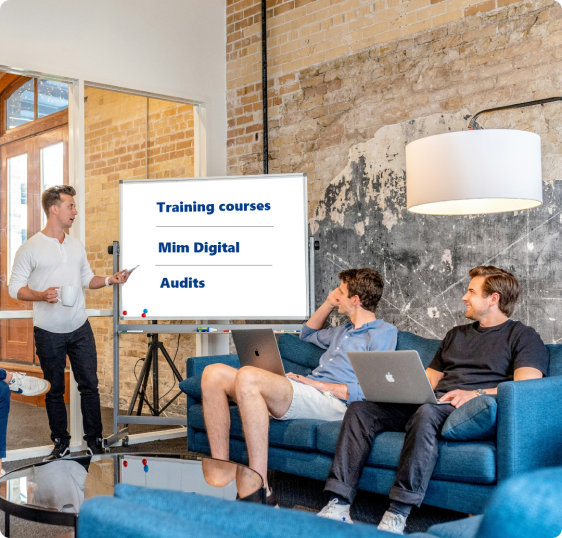The UK employment law landscape is shifting fast. From flexible working rights to new carer's leave legislation, statutory sick pay clarity, and growing demands around menopause policy, SMEs are facing more pressure than ever to stay both compliant and competitive.
Here’s a breakdown of what’s changing, what it means for your business, and how you can respond with confidence—with the support of MiM PxP.
1. Day-One Right to Request Flexible Working
Since April 2024, employees can request flexible working from day one of employment. SMEs must now ensure their managers are trained to handle these requests fairly and that policies reflect this shift in worker expectation and law.
2. Carer’s Leave
A new statutory right allows up to five days of unpaid leave annually for employees with caring responsibilities. You’ll need a formal process in place, especially if you’re managing smaller teams where absence impacts are more noticeable.
3. Enhanced Redundancy Protection
Employees who are pregnant or on (or recently returned from) maternity, adoption, or shared parental leave now have extended redundancy protection. For SMEs, this means added rigour is needed when managing restructures or role changes.
4. Predictable Working Patterns
Workers in casual or zero-hour roles will soon be able to request more predictable working hours. Employers will need fair, documented processes in place to handle these requests efficiently.
5. Paternity Leave & Neonatal Care Leave
Paternity leave is now more flexible, and a new neonatal care leave is being introduced—offering up to 12 weeks paid leave for parents of babies in intensive care. This has operational, cultural, and payroll implications.
6. Statutory Sick Pay (SSP) & Absence Tracking
SSP currently stands at £116.75 per week (April 2024 rate), but with increased tribunal cases relating to mismanagement of absence, now is the time to implement consistent tracking and return-to-work procedures.
7. Menopause in the Workplace
It’s not yet a standalone legal right, but tribunals are on the rise. SMEs should create a menopause policy, train line managers, and ensure workplace adjustments are available. The legal and reputational risk of ignoring this is rising fast.
This Is a Fast-Changing Space
Employment law and people expectations are evolving rapidly. If your current setup is based on how things used to be, you could be exposed.
MiM PxP: Your HR, Culture & Compliance Game-Changer
MiM PxP is a powerful, people-first platform designed to help SMEs:
-
Stay compliant with updated HR policies and workflows
-
Track and manage all types of leave, including carers’ leave, SSP and flexible working
-
Build inclusive workplaces with menopause and wellbeing policies
-
Connect performance, PDPs, and L&D in one platform
-
Get on-demand support from expert HR consultants
You don’t need a patchwork of systems. You need one place that does it all—from mindset to measurement.
Take Our Free HR Health Check and we will send you your free report within 48 hours
Start by understanding your current position. Our quick HR Health Check will:
Click here to take your free HR Health Check
Let’s make sure your people practices are future-proof, legally sound, and human-first.
Where culture meets compliance, powered by MiM PxP.












